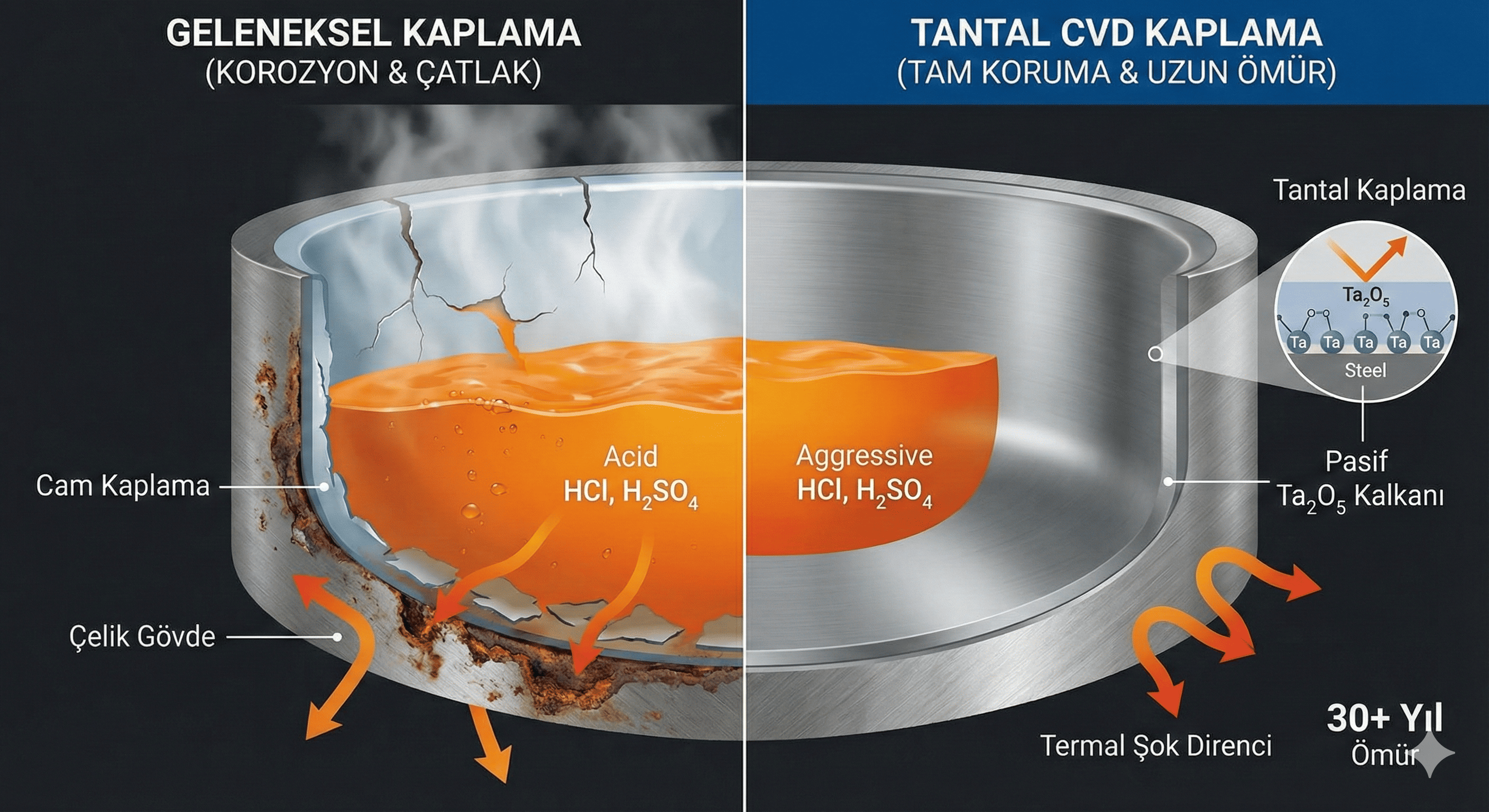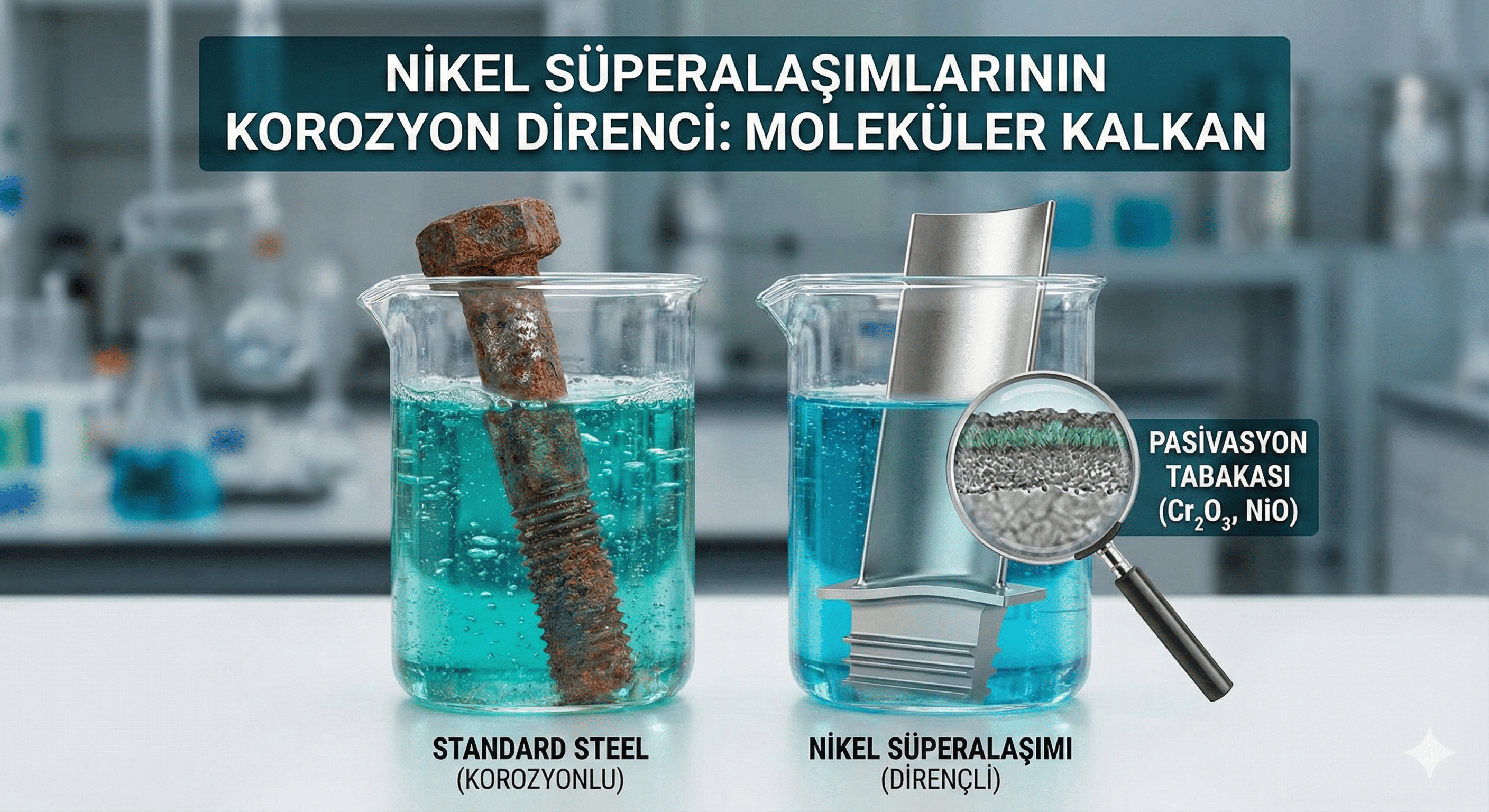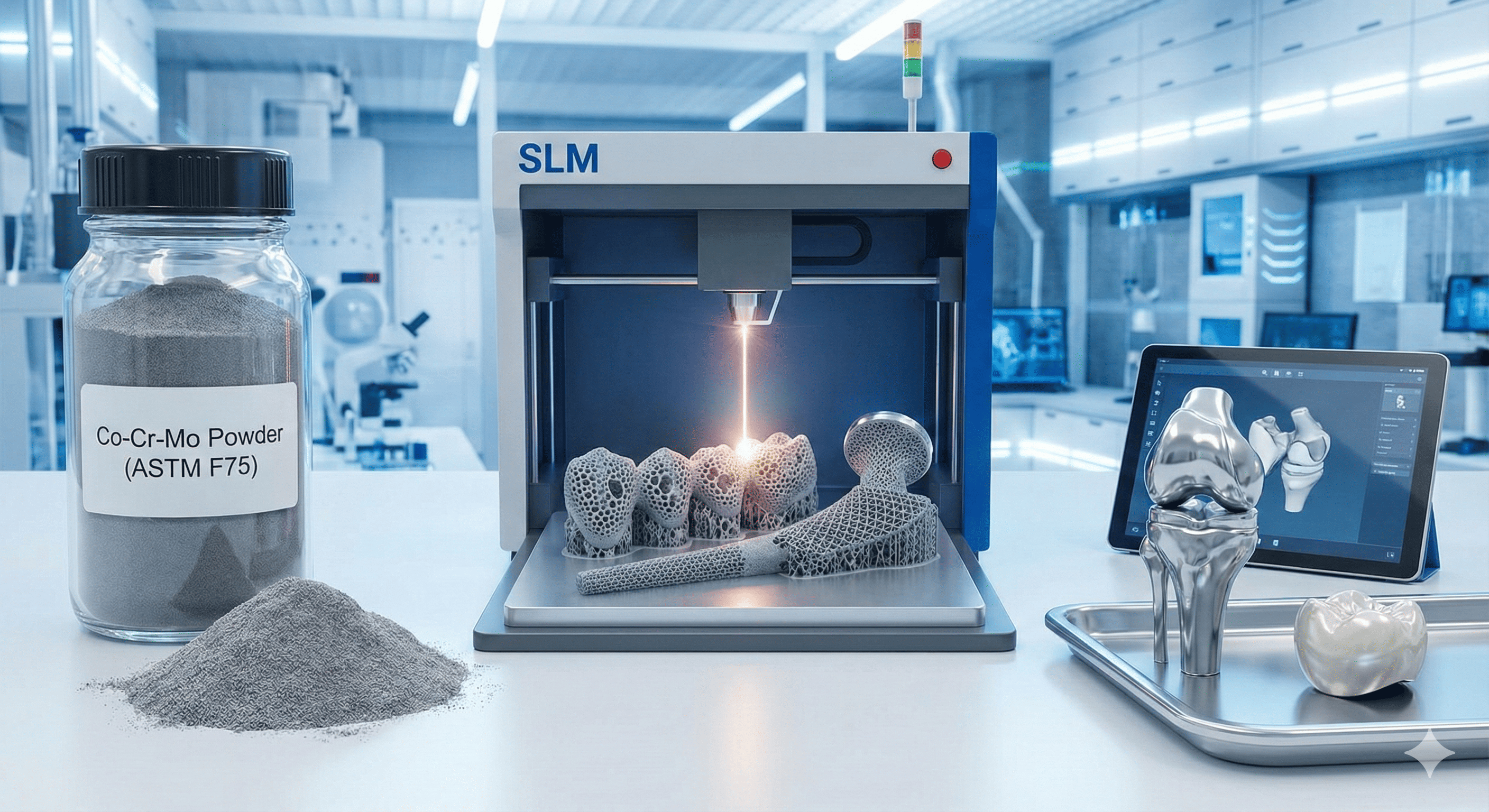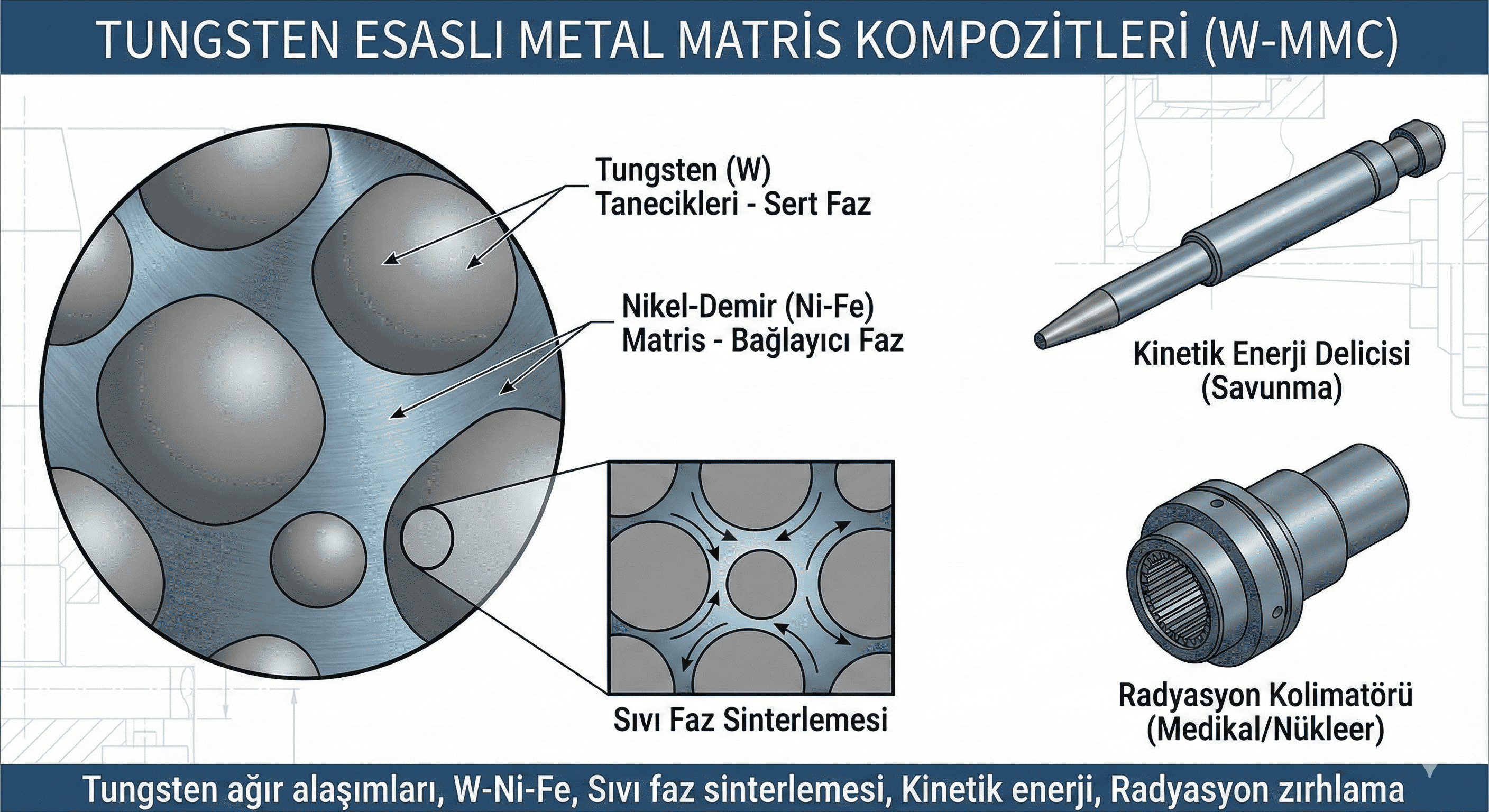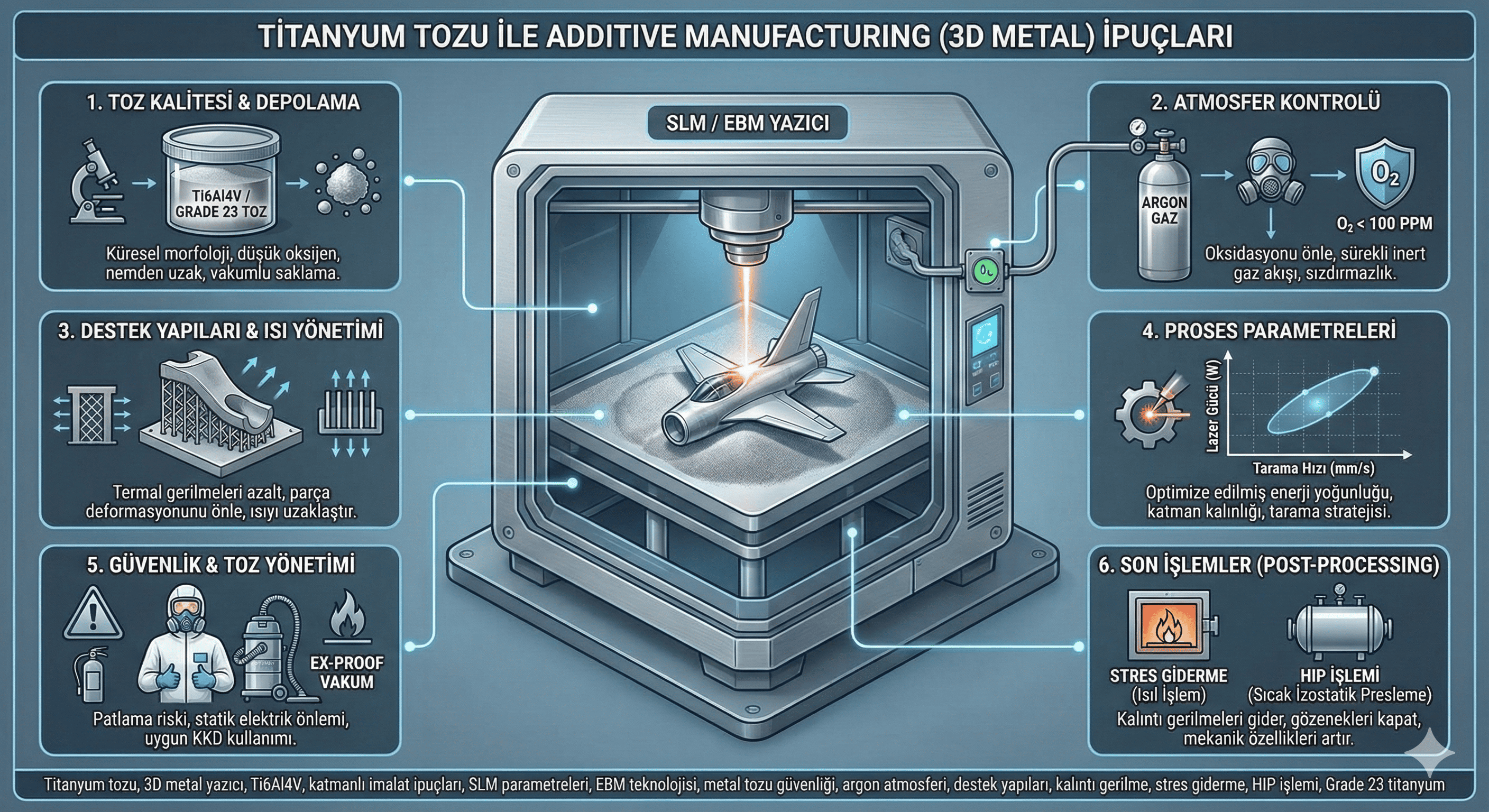Erbium Oxide Nanopowder: Properties, Synthesis, and Applications
Introduction
Erbium oxide (Er²O³) is a rare earth metal oxide that plays a crucial role in various high-tech applications due to its unique optical, electronic, and catalytic properties. When reduced to the nanoscale, erbium oxide exhibits enhanced characteristics that make it valuable in advanced materials and technologies. This article provides an overview of the properties, synthesis methods, applications, and safety considerations associated with erbium oxide nanopowder.
Properties
- Physical Properties:
- Appearance: Erbium oxide nanopowder appears as a fine, white to off-white powder. The color and appearance can vary based on the synthesis method and particle size.
- Particle Size: The nanopowder typically has a particle size range of 1 to 100 nanometers, depending on the synthesis technique used. The small particle size enhances its surface area and reactivity.
- Surface Area: Due to its nanoscale dimensions, erbium oxide nanopowder has a high surface area-to-volume ratio, which improves its performance in various applications.
- Chemical Properties:
- Oxidation State: Erbium oxide is in the +3 oxidation state, which is stable and commonly observed in erbium compounds.
- Reactivity: Erbium oxide is chemically stable and shows low reactivity in air. It is resistant to corrosion but reacts with strong acids to form erbium salts.
- Solubility: Erbium oxide is insoluble in water but can be dissolved in strong acids such as hydrochloric acid or nitric acid.
- Optical Properties:
- Luminescence: Erbium oxide exhibits strong luminescence properties, particularly in the infrared region. It is used in various optical applications due to its efficient light emission and absorption.
- Band Gap: Erbium oxide has a wide band gap, which contributes to its insulating properties and makes it useful in electronic and optoelectronic devices.
Synthesis Methods
- Sol-Gel Process:
- Process: The sol-gel method involves the transition of a sol (a colloidal solution) into a gel-like network, which is then calcined to produce erbium oxide nanoparticles.
- Advantages: This method allows for precise control over the particle size, morphology, and composition of the nanoparticles, resulting in high-purity materials.
- Hydrothermal Synthesis:
- Process: Hydrothermal synthesis involves dissolving erbium salts in a solvent and subjecting the solution to high temperature and pressure in a sealed vessel.
- Advantages: This technique produces nanoparticles with high crystallinity and uniform size and can be scaled for industrial production.
- Chemical Vapor Deposition (CVD):
- Process: CVD involves the chemical reaction of gaseous precursors to deposit erbium oxide onto a substrate, where it condenses as nanopowder.
- Advantages: CVD provides high control over particle size, purity, and deposition conditions, producing high-quality erbium oxide nanoparticles.
- Co-Precipitation:
- Process: Co-precipitation involves mixing erbium salts with a precipitating agent to form erbium hydroxide, which is then calcined to obtain erbium oxide nanoparticles.
- Advantages: This method is cost-effective and suitable for producing large quantities of nanoparticles with controlled properties.
- Flame Spray Pyrolysis:
- Process: Flame spray pyrolysis involves the combustion of erbium-containing precursors in a flame, resulting in the formation of erbium oxide nanoparticles.
- Advantages: This method is known for its high production rates and ability to produce nanoparticles with controlled size and morphology.
Applications
- Optical Technologies:
- Lasers: Erbium oxide nanoparticles are used as dopants in lasers, such as erbium-doped yttrium aluminum garnet (Er) lasers, which are employed in medical, industrial, and scientific applications due to their efficient light emission.
- Optical Amplifiers: Erbium-doped fiber amplifiers (EDFAs) utilize erbium oxide’s luminescent properties to amplify optical signals in telecommunications.
- Electronics:
- Semiconductors: Erbium oxide is used in semiconductor devices to improve performance and add specific electrical properties. Its insulating properties make it suitable for gate dielectric layers in transistors.
- Memory Devices: Erbium oxide nanoparticles enhance the performance and storage capacity of advanced memory devices.
- Catalysis:
- Industrial Catalysts: Erbium oxide is used as a catalyst or catalyst support in various chemical reactions, including oxidation and hydrogenation processes. Its high surface area and stability contribute to its effectiveness.
- Materials Science:
- Advanced Ceramics: Erbium oxide is employed in the production of advanced ceramics, which are used in high-performance applications requiring thermal stability and mechanical strength.
- Magnetic Materials: Erbium oxide nanoparticles are used in the development of magnetic materials with enhanced properties for use in data storage and other magnetic applications.
- Environmental Applications:
- Water Treatment: Erbium oxide nanoparticles are used for the removal of organic pollutants and heavy metals from wastewater, thanks to their high reactivity and surface area.
- Air Purification: They are also employed in air filtration systems to degrade harmful gases and improve air quality.
Safety and Handling
- Toxicity: Erbium oxide nanoparticles are generally considered to have low toxicity, but precautionary measures should be taken to avoid inhalation or ingestion of the powder, which can irritate the respiratory system.
- Protective Measures: Use personal protective equipment (PPE) such as gloves, masks, and safety goggles when handling erbium oxide nanopowder. Work in well-ventilated areas or fume hoods to minimize exposure to dust.
- Storage: Store erbium oxide nanopowder in airtight containers to prevent moisture absorption and contamination. Keep the powder in a cool, dry place to maintain its stability and performance.
Conclusion
Erbium oxide nanopowder is a versatile material with a range of applications driven by its unique properties, including high luminescence, wide band gap, and stability. Its uses span across optical technologies, electronics, catalysis, materials science, and environmental applications. While erbium oxide nanopowder offers significant benefits, proper safety precautions should be observed to ensure safe handling and use. Ongoing research continues to explore new applications and improve the efficiency of erbium oxide nanoparticles in various technological and industrial processes.
Feel free to ask if you need more details or have additional questions about erbium oxide nanopowder!

